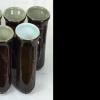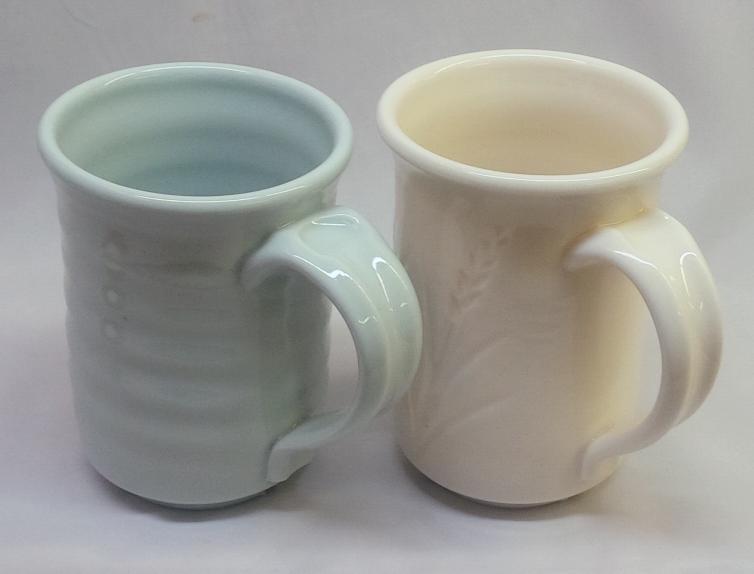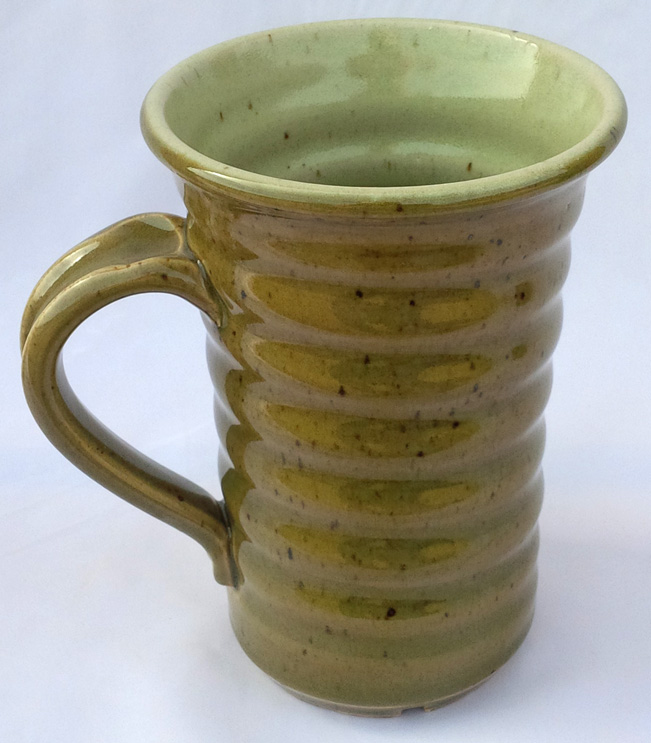
Normal Hours of Operation Mon-Fri: 8am-4.00pm Information About Plainsman Products Services & Information ClaysLow Temperature ClaysMedium Temperature Clays High Temperature Clays Porcelains Other Clays Native Clays Casting Slips MaterialsDry MaterialsStains Encapsulated Stains Liquids GlazesSpectrum Opaque Gloss Low Fire GlazesSpectrum Metallic Glazes Plainsman Dry Glazes Potter's Choice Cone 5/6 Glazes Celadon Cone 5/6 Glazes Amaco Satin Matte Glazes Liquid Brights UnderglazesAmaco Velvet UnderglazesEnamellingEquipmentKilnsElectric Pottery KilnsElectric Glass Kilns Kiln Furniture Cones Elements Kiln Parts, Accessories Exhaust Systems Refractories Potter's Wheels Slab Rollers Hand Extruders Pugmills Scales Banding Wheels Air Brushes ToolsBrushesThrowing Tools Trimming, Turning, Cutting Tools Wood/Bamboo Tools Rollers/Stamps Decorating Tools Glazing Tools Ribs & Scrapers Ribbon/Wire Tools Rasps Knives, Needle Tools, Cutters Tool Kits Unclassified AccessoriesMiscellaneous AccesoriesCorks/Stoppers Cork Pads Oil Lamp Accessories Dispenser Pumps Teapot Handles Bisque Tiles | Cone 10 Reduction Liner and Base GlazesHigh temperatures provide the ultimate strength and durability. More correctly, they provide the OPPORTUNTIY for unmatched strength and durability. But these and other opportunities can easily be squandered if glazes are poorly formulated (causing crazing, cutlery marking, staining, devitrification, blisters, bubbles, pinholes, crawling, settling). Excessive feldspar and too little or too much clay are often the problems. At cone 10, temperature is on your side, the kiln will melt glazes having lower flux and more silica and alumina. This is ideal because SiO2 and Al2O3 are the exact oxides we want. They harden the glass, stabilize it against running, make it leach resistant. And they are sourced by kaolins and ball clays, the exact materials that impart good slurry, application and drying properties. G1947U Transparent Glossy BaseA base transparent glossy is very important in the production of functional ware. It should have good application properties, fit the clays you use (not craze) and produce a durable clear glassy clear finish (many transparent glazes in use are saturated in feldspar, they often melt and run excessively, craze and produce non-durable surfaces). To a good transparent you can add increasing amounts of iron oxide to produce celadons, brilliant browns, tenmokus and iron crystallines. This recipe was adapted from the porcelain insulator industry. To see the recipe for G1947U click here.
G2571A Dolomite Silky Matte BaseMany people love cone 10R firings because of the beauty of dolomite matte glazes on speckled clay bodies. These glazes have a pleasant silky feel unmatched by any other type at any other temperature. However many dolomite mattes have no documentation, they craze, stain and they have poor slurry and application properties. This one is different. To see the recipe for G2571A click here.
Ravenscrag Slip Based GlazesMany are available on the cone 10 glazes page at ravenscrag.com. Alberta Slip Based GlazesMany are available on the cone 10 glazes page at albertaslip.com.
|
Plainsman Clays Ltd., 702 Wood Street, Medicine Hat, Alberta T1A 1E9
Phone: 403-527-8535
FAX: 403-527-7508




